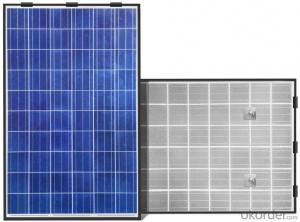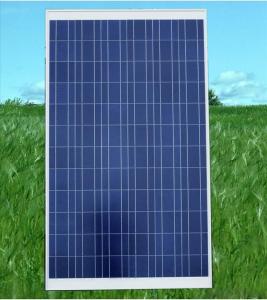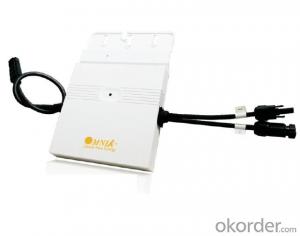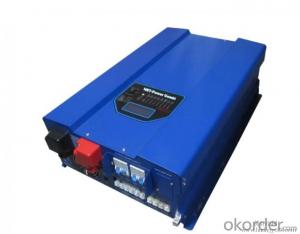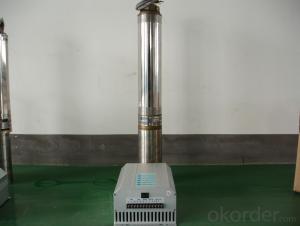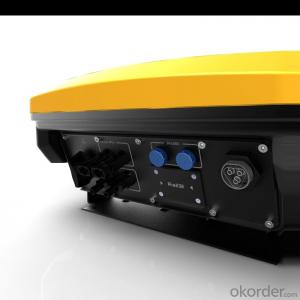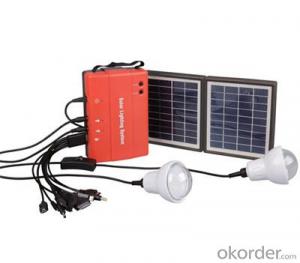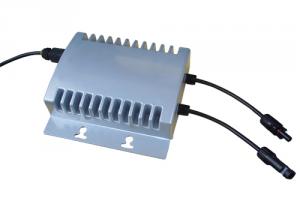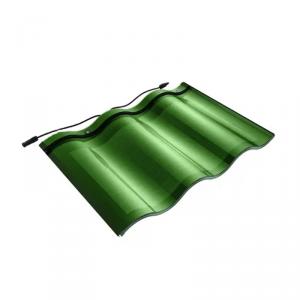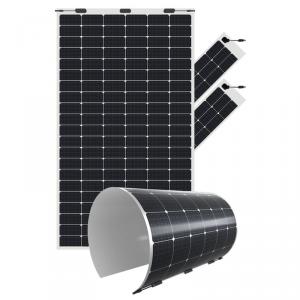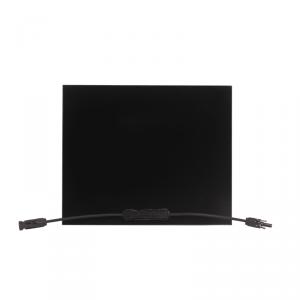Solar Panel Micro Inverter
Solar Panel Micro Inverter Related Searches
Solar Panels Micro Inverter Micro Inverter Solar Panel Solar Micro Inverter Solar Cell Micro Inverter Solar Panel Mini Inverter Micro Inverter For Solar Panel Micro Solar Inverter Solar Panel Inverter Small Solar Panel Inverter Solar Smart Micro Inverter Micro Inverter Solar Solar Panel Solar Inverter Panel Solar Inverter Solar Panels Inverter Solar Micro Inverter System Portable Solar Panel Inverter Solar Mini Inverter Solar Inverter Panel Solar Inverter Solar Panel Inverter Solar Panel Solar Panel Hybrid Inverter Solar Small Inverter Solar Micro Inverter Circuit Solar Solar Inverter Sunpower Solar Panel Inverter Solar Edge Micro Inverter Mini Inverter Solar Panels Micro Inverter Solar System Solar Inverter Mini Solar Enphase Micro InverterSolar Panel Micro Inverter Supplier & Manufacturer from China
Solar Panel Micro Inverters are specialized devices designed to convert the direct current (DC) generated by solar panels into alternating current (AC) that can be used in homes and businesses. These inverters play a crucial role in maximizing the efficiency of solar energy systems by ensuring that the power output is optimized and compatible with the electrical grid.The application of Solar Panel Micro Inverters spans across various scenarios, including residential rooftop installations, commercial buildings, and large-scale solar farms. They are particularly useful in situations where shading or partial obstruction affects the performance of individual solar panels, as each inverter is connected to a single panel, allowing for the maximum power to be extracted from each one. This results in improved energy yield and reduced system downtime.
Okorder.com is a reputable wholesale supplier of Solar Panel Micro Inverters, boasting a vast inventory that caters to the diverse needs of customers worldwide. With a commitment to quality and customer satisfaction, Okorder.com ensures that the Solar Panel Micro Inverters they provide are of the highest standards, making them a reliable choice for those seeking to invest in efficient and reliable solar energy solutions.
Hot Products













